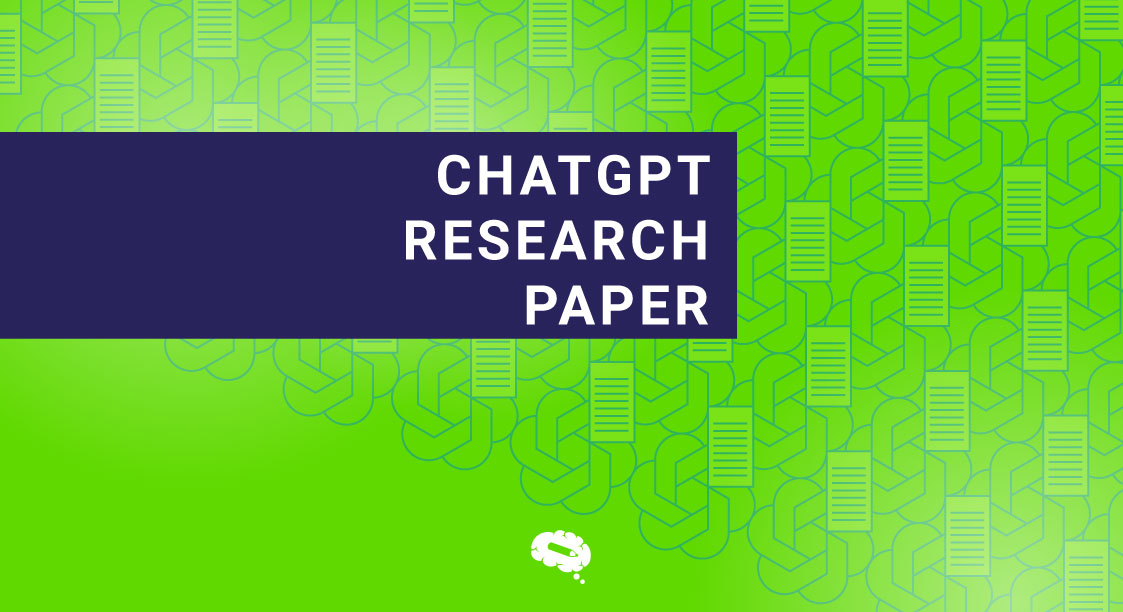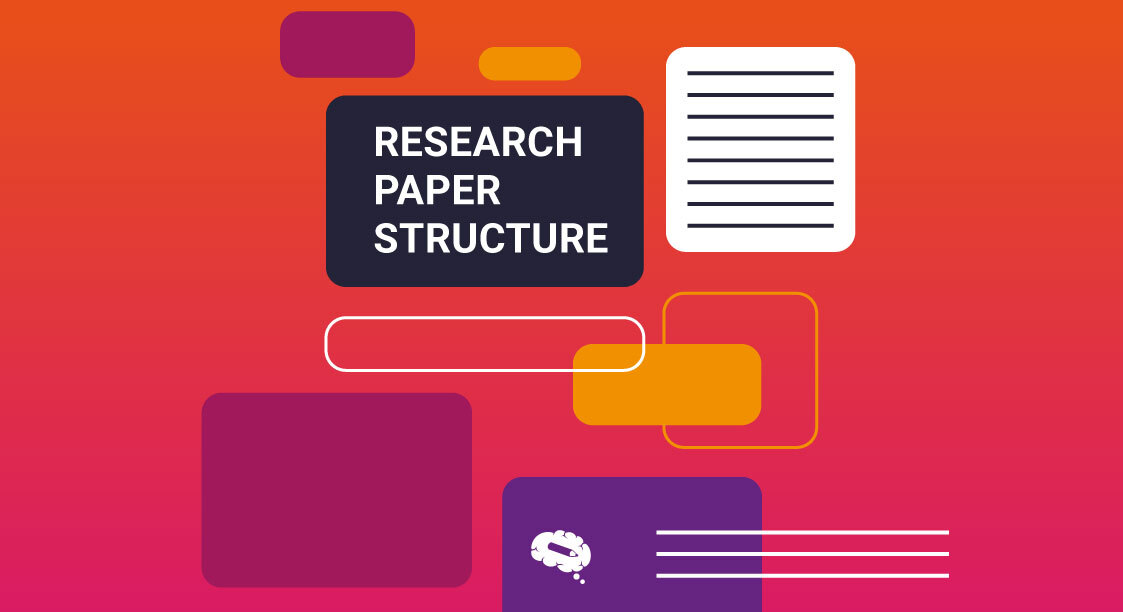In the 1950s, famous scientist Alan Turing, who specialized in computers and their mechanics, raised the question, “Can machines think like humans?”. Many got intrigued by this question and started developing technology that can actually think but it was in vain. All these innovations had some drawbacks and the developers couldn’t complete the desired task.
Taking Turing’s question as an inspiration, many filmmakers made films with this utopian concept showcasing the thinking ability of machines and how it impacted us, humans. But still, none of them were possible in real life.
Cut to the present, a company named OpenAI, which was founded in 2015 came up with an answer to the 70-year-long question. They proved that “machines can actually think” with their new invention “ChatGPT, an advanced powerful language model” which was released in 2022 and became an instant hit among the public.
However, many concerns are raised with its implications, especially in the field of science as several people started using it to write research papers. Even though it helps in multiple areas, writing a research paper in place of a human is deemed to be fateful as it still is a machine without any humane values or ethical morals.
In this article, we are going to discuss one of the major questions that people have, “Is it right to use ChatGPT?”, “Is a ChatGPT research paper good?”, “How ethical is it to use ChatGPT to create a research paper?”. We’ll be answering these questions stating all the pros and cons that come along with this.
What is ChatGPT?
ChatGPT, the technology that revolutionized the whole world within a span of 6 months is basically a chatbot that responds to all your questions in natural language.
It works on the principle of GPT (Generative Pre-Trained Transformer), a machine-learning model that uses supervised and unsupervised learning models to generate human-like language. This feature is what made ChatGPT a unique AI assistant than the others. With its human-like interaction, it gave us personalized answers to all our questions within seconds.
As mentioned above, GPT is a two-step process containing two phases – The Pre-Training phase and Fine-Tuning phase. During the pre-training phase, the model learns new things just like a human learns when put in a new environment, and in the fine-tuning phase, the creators give a more guided and structured refinement to the model.
Though many companies implemented AI chatbots similar to ChatGPT, the reason why this turned out to be impeccable is because of its ability to generate text that is contextually appropriate and coherent which turned out to be its unique selling point and subsequently, became a valuable tool in the field of research and development.
Application of ChatGPT in a Research Paper:
The application of ChatGPT in a research paper can vary depending on the specific research question and goals of the paper. However, there are several ways in which ChatGPT can be useful in generating text for a research paper.
1. ChatGPT for writing Literature review
One way to use ChatGPT in a research paper is to generate a literature review. A literature review is a critical evaluation of existing research on a specific topic. It requires a researcher to read and analyze a large amount of literature and then synthesize that information into a coherent narrative.
ChatGPT can be used to help generate some of this text, such as summaries of individual studies or key findings across studies. This can save researchers time and effort, allowing them to focus on the critical analysis and synthesis of the literature.
2. ChatGPT for writing Research Methodology
Another way to use ChatGPT in a research paper is to generate text for the methods section. The methods section of a research paper describes the procedures and techniques used to conduct the research. This section can be time-consuming to write, particularly if the research involves complex procedures or techniques.
ChatGPT can be used to help generate some of this text, such as descriptions of equipment or procedures. However, researchers must ensure that the generated text accurately reflects the methods used in their research.
3. ChatGPT for identifying the Research Problem:
ChatGPT helps in developing a research question too. It can be prompted with a general topic or keyword, and it can generate a list of potential research questions based on that topic.
For example, if a researcher is interested in studying anxiety and depression in college students, they can prompt ChatGPT with “anxiety and depression among college students” and it can generate a list of potential research questions such as “How does the current college system lead to anxiety and depression among the students?” or “Why do college students suffer from anxiety and depression at their very young age?”
4. ChatGPT for writing the Conclusion
ChatGPT can also be used to generate text for the discussion and conclusion sections of a research paper. These sections require researchers to analyze and interpret their findings and draw conclusions based on their research.
ChatGPT can help generate some of this text, such as interpretations of the findings or implications for future research. However, it is important that researchers carefully evaluate the generated text to ensure that it accurately reflects their findings and analysis.
In addition to these specific applications, ChatGPT can also be used more generally to generate text for a research paper. For example, it can be used to help generate introductory text that provides background information on the research question or to help generate transitions between different sections of the paper.
Ethical Implications of a ChatGPT Research Paper
Even though the use case of ChatGPT is high and provides an easy way to complete the long, sometimes even tiring process of writing a research paper, it comes with its fair share of cons mainly of ethical nature. Some of the ethical implications that one has to consider before using this are
- Bias: Like any other machine learning model, ChatGPT is susceptible to bias. This means that the language it generates may reflect certain biases that are present in its training data. It’s important to be aware of this and to critically evaluate the language generated by ChatGPT to ensure that it is not perpetuating harmful stereotypes or biases.
- Plagiarism: It’s important to ensure that the language generated by ChatGPT is appropriately cited and attributed to the model. Using the language generated by ChatGPT without proper attribution could constitute plagiarism.
- Accountability: As an AI language model, ChatGPT is not capable of taking responsibility for the language it generates. It’s important to ensure that the language generated by ChatGPT is consistent with ethical and legal standards and you take responsibility for any language generated by the model.
- Data privacy: ChatGPT may require access to sensitive or personal data to function effectively. Researchers must take appropriate measures to protect the privacy of their subjects and ensure that they have obtained consent before using any data in their research paper.
- Ownership: The use of ChatGPT in research papers raises questions about who owns the intellectual property of the generated text. If a researcher uses ChatGPT to generate text for their research paper, there will be confusion about who owns the copyright to that text. This is a complex legal issue that has not yet been fully resolved.
While ChatGPT proves to be helpful while writing a research paper, one has to keep in mind its ethical implications and make sure to take appropriate measures to prevent this from happening.
Can ChatGPT be used to Write a Research Paper?
ChatGPT might help to write a research paper, but it is important to keep in mind its limitations and its ethical implications. However, we can effectively use ChatGPT to generate ideas, organize data, and write sections of a research paper. It is important to note that ChatGPT can never substitute the critical and analytical thinking skills of a human that is essential for writing a research paper, it is merely a tool that can help in doing errands.
Furthermore, here are some tips to use ChatGPT effectively when writing a research paper:
- Use ChatGPT as a tool for inspiration and guidance, but do not rely solely on its output. Always review and edit the content generated by ChatGPT to ensure that it meets your research objectives and professional standards.
- Ensure that the content generated by ChatGPT is original and does not violate any copyright laws and make sure to cite every source that has been mentioned.
- Be transparent about your use of ChatGPT in your research paper. Acknowledge the limitations of the tool and the extent to which it was used in the writing process.
In conclusion, we can say that ChatGPT is a potential tool that can help researchers save a lot of time and help them achieve their goals faster but at the same time everything that eases up our life comes with a fair price and in this case, it can make us devoid of creative thinking and can make us rely on it all the time. So, it is in our hands to use it wisely, take only the necessary information, and not use it to write the whole thing.
200+ pre-made beautiful templates for professional infographics
Tired of creating or browsing old images from Google? We understand! It’s not easy to get accurate images that align with your content. But Mind the Graph has got a solution!
With 200+ pre-made beautiful templates for professional infographics, you can browse the library of Mind the Graph visuals and amplify your research paper with the appropriate ones that fit your research.


Subscribe to our newsletter
Exclusive high quality content about effective visual
communication in science.






